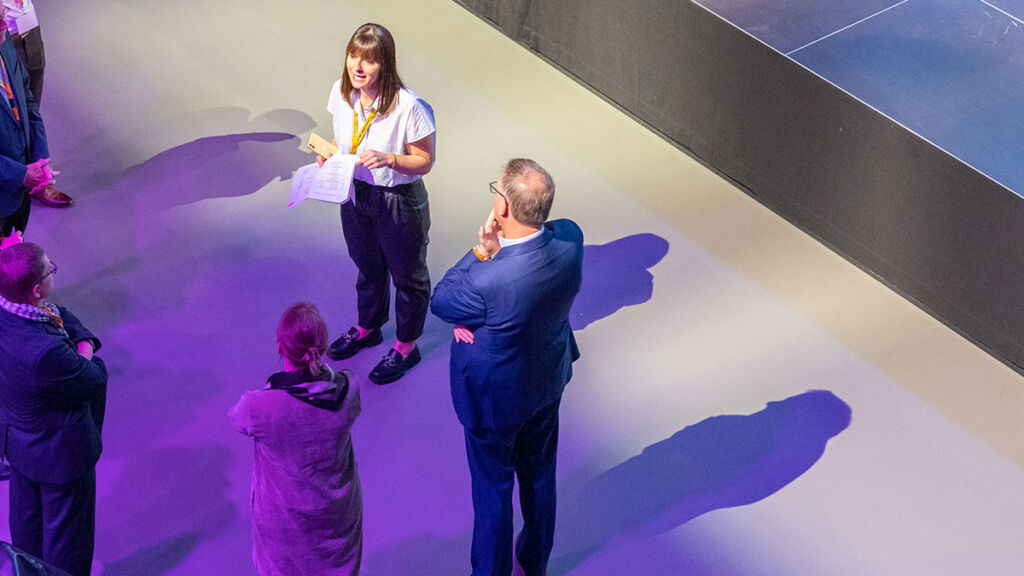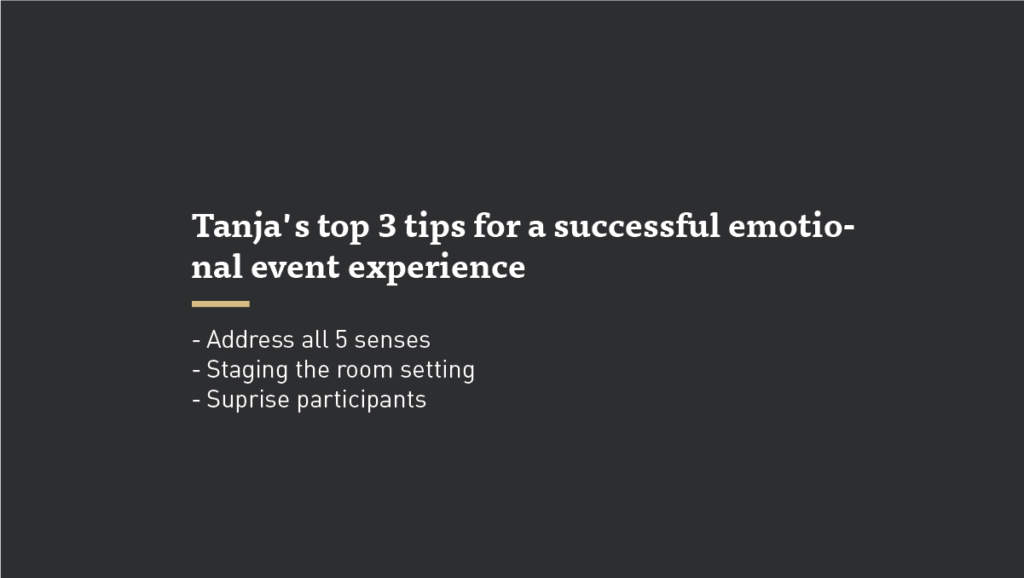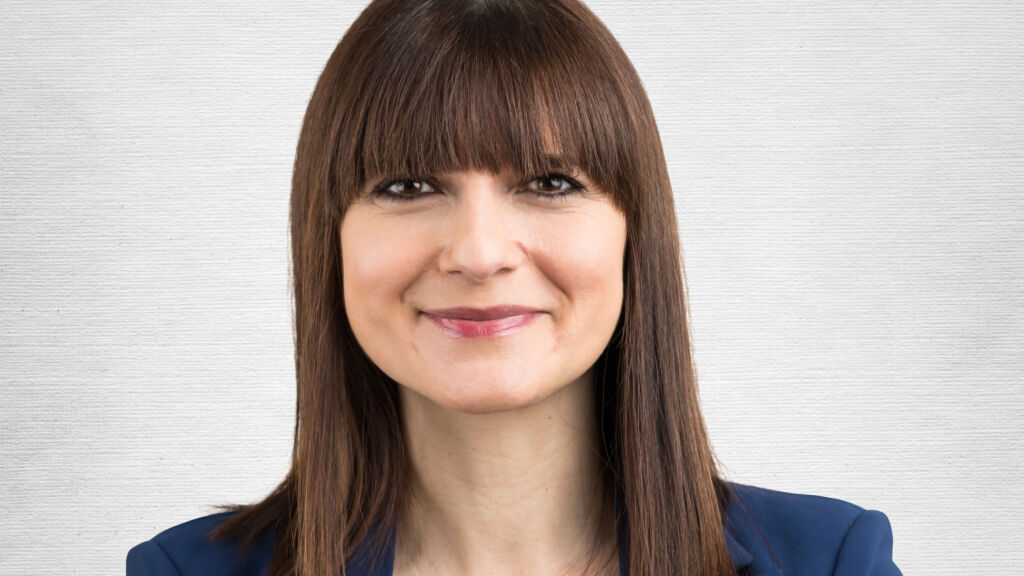A presentation here, a canapé there – corporate events have a very traditional image. But it doesn't have to be this way. As part of our four-part series “Event experience: Manipulation of emotions?” , we spoke to Tanja Ljeljen, Live Marketing Project Manager at Zürcher Kantonalbank (ZKB), about prejudices, emotions and successful event experiences.
Tanja Ljeljen: For me, it means creating a positive, sustainable event experience that people will remember for a long time. Planning an event and creating an experience requires a lot of resources – financial and human – and the aim is to get the best possible experience. If the guests say, “it was cool,” after an event but don’t talk about it any further with the people around them, that would be a short-term experience and a waste of resources
Nothing leaves a more insipid taste than an event that overruns.

The most important thing for an all-round experience is to engage all five senses. Otherwise, it won’t be very memorable for participants. Good time management contributes to this. If a corporate event is two hours long, the programme needs to completely fit within this time frame. Nothing leaves a more insipid taste than an event that overruns. One of the other most important tools is the dramatic composition of the event – it must be carefully planned to avoid sensory overload
Before I deal with the event emotions, the basic framework must be in place to do justice to the staging at the event. What is our event message, and how will the experience support this? What are the event goals? What feelings should be triggered and what does the ideal event experience look like for participants? These questions help define the emotions and moods, which can then be realised in a multisensory experience by using music, light, visualisations and smells.
I am a big fan of live events, especially when it comes to emotions and experiences. The kind of goosebump moments we experience live are more difficult to create at digital events. Stimulating an emotional response at a digital event requires a programme with plenty of variety.This could include outside reporters, stand-up comedians, live bands in the studio, or break-out sessions, allowing participants to choose content that interests them. It also takes an excellent speaker to keep all the participants glued to the screen.
What I’ve learned in my personal experience: keep it short and sweet – especially in the digital world. 45-60 minutes is the ideal duration, after that you are not doing yourself or the audience any favours.
Just as important as at a public or sporting event. In my opinion, corporate events are unfairly labelled in advance as boring or dry. The classic sequence of events will be all too familiar: two expert presentations, a panel discussion, then finger food. But there are definitely more possibilities: the room setting is the basis for an experience that will trigger an emotional response from guests. Instead of the classic concert seating arrangement, you can use lounge seating, bar stools and beanbags. The stage also offers scope for design: with a central stage, we build a protruding platform for speakers to bring them closer to the audience. The aim should be an element of surprise, to shake off the dusty image.
And participants should be taken along on the journey with the help of lighting, music, jingles or short film clips to leave them with an enduring and positive impression. The lasting impact should involve more than just remembering the content.
If the experience was automated, we would just repeat it.
No, there is not. The most important thing is to surprise the audience again and again. If the experience was automated, we would just repeat it. We have to repeatedly reinvent ourselves and therefore also the experience – tweaking the design to suit all the relevant factors, the event’s purpose and message.


Tanja has completed an MAS in Live Communication and has ten years of experience in the event industry. She works as a Live Marketing Project Manager at Zürcher Kantonalbank (ZKB).
I love showcasing brands and filling them with emotion, because that’s the proof of the brand promise
